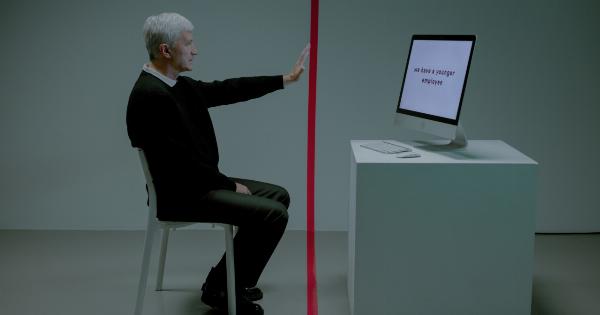Have you ever wondered why you react a certain way in certain situations? Or why you have certain preferences and tendencies? Understanding your own personality can provide insights into these questions and more.
By taking a 9-step personality test, you can gain a deeper understanding of yourself and how you interact with the world around you. In this article, we will explore the benefits of taking a personality test and guide you through the process of discovering your unique personality traits.
The Benefits of Taking a Personality Test
1. Self-awareness: Taking a personality test can help you become more self-aware by highlighting your strengths, weaknesses, and personal preferences. Increased self-awareness can lead to better decision-making and improved relationships.
2. Personal growth: Understanding your personality can lead to personal growth and development. By identifying areas you would like to improve or change, you can take actionable steps towards becoming the best version of yourself.
3. Career guidance: Your personality traits can provide valuable insights into which careers may be a good fit for you. By understanding your strengths and preferences, you can make more informed decisions about your career path.
4. Improved relationships: Knowing your own personality traits can help you navigate your relationships with others more effectively. It can improve communication, reduce conflict, and lead to greater understanding and empathy.
How to Take the 9-Step Personality Test
Step 1: Find a reputable personality test: There are many personality tests available online, but it is important to choose a reputable one. Look for tests that have been scientifically validated and have positive reviews from users.
Step 2: Set aside dedicated time: Taking a personality test requires focus and concentration. Set aside dedicated time when you won’t be interrupted or distracted.
Step 3: Answer honestly: To get accurate results, answer the questions as honestly as possible. Be true to yourself and avoid overthinking your answers.
Step 4: Understand the test format: Different personality tests may have different formats, such as multiple-choice questions or rating scales. Take the time to understand the format before starting.
Step 5: Reflect on the results: Once you’ve completed the test, take some time to reflect on the results. Consider how they align with your self-perception and if they resonate with you.
Step 6: Identify patterns and themes: Look for patterns and themes within the results. Are there any recurring traits or characteristics that stand out? Pay attention to both the positive and negative aspects of your personality.
Step 7: Seek further information: If you’re interested in diving deeper into your personality, consider seeking further information. Books, articles, and professional guidance can provide additional insights and resources.
Step 8: Take action: Use the information gained from the personality test to take action towards personal growth. Focus on developing your strengths and working on areas that you would like to improve.
Step 9: Revisit periodically: Personality traits can evolve over time. Revisit the personality test periodically to track changes and gain new insights into your ever-growing self.
Common Personality Test Types
1. Myers-Briggs Type Indicator (MBTI): The MBTI measures psychological preferences in how people perceive the world and make decisions. It categorizes individuals into 16 different personality types.
2. Big Five Personality Traits: This test assesses five broad dimensions of personality: openness, conscientiousness, extraversion, agreeableness, and neuroticism. It provides a comprehensive overview of an individual’s personality.
3. Enneagram: The Enneagram identifies nine distinct personality types, each with its own motivations, fears, and desires. It delves into the core motivations that drive behavior.
4. DISC Assessment: The DISC assessment categorizes individuals into four main personality types: dominance, influence, steadiness, and conscientiousness. It helps individuals better understand their communication and work styles.
Interpreting Your Personality Test Results
Each personality test will provide you with specific results based on their unique assessment. These results may include a combination of letters, numbers, or descriptions.
It is important to read the accompanying explanations and interpretations provided by the test to gain a deeper understanding of your results.
For example, if you take the Myers-Briggs Type Indicator (MBTI), your result may be something like “INTJ” or “ENFP.” Each letter represents a different aspect of your personality, such as introversion/extroversion, sensing/intuition, thinking/feeling, and judging/perceiving. Understanding the meaning behind each letter can provide insights into your preferences, behaviors, and tendencies.
Conclusion
Taking a 9-step personality test can be a transformative journey towards self-discovery and personal growth.
By understanding your own unique personality traits, you can make better decisions, build stronger relationships, and pursue a career that aligns with your strengths and preferences. Remember to approach the test with honesty and openness, and use the results as a guide to continuous self-improvement.





























